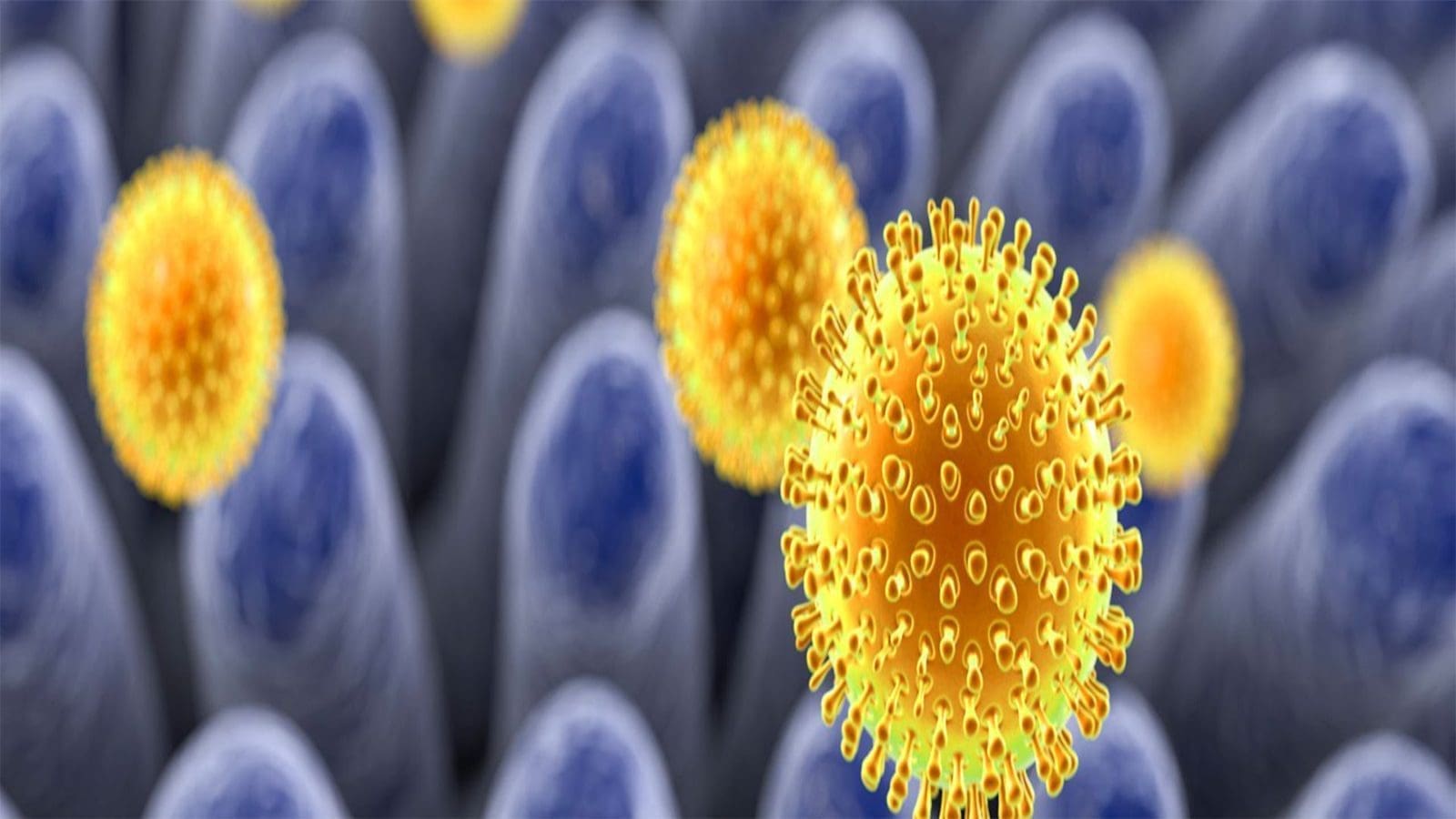GLOBAL – The Food and Agriculture Organization of the United Nations (FAO) and the World Health Organization (WHO) are seeking experts to participate in the future work of the Joint FAO/WHO Expert Meetings on Microbial Risk Assessment (JEMRA) in the area of human enteric viruses in foods.
Governments, businesses, academia, consumer advocacy groups, laboratories, and other interested parties are also requested by FAO and WHO to submit any data and information that may be available to help JEMRA’s work.
The Codex Committee on Food Hygiene (CCFH) requested that JEMRA provide scientific advice to support the review of the Codex Guidelines on the Application of General Principles of Food Hygiene to The Control of Viruses in Food in light of emerging issues related to foodborne viruses and recent scientific advancements.
The recommendations’ main goal is to offer guidance on how to avoid or reduce the occurrence of human enteric viruses in foods, notably hepatitis A and norovirus.
From initial manufacture through consumption, the guide is relevant to all foods, with a focus on ready-to-eat (RTE) foods.
A control of hepatitis A and norovirus in bivalve mollusks (Annex I) and a control of hepatitis A and norovirus in fresh produce (Annex II) are also included.
Further suggestions for preventing the spread of viruses in particular commodities are provided in the annexes.
The current appeal for experts and supporting data will be used to assist areas of the Codex guidance that need updating, including expansion of the scope to address viruses other than hepatitis A and norovirus, as well as emerging vehicles of foodborne illnesses such as frozen fruits
It will help in the revision of interventions in the food chain focusing on process-specific control systems, surface disinfection, hand disinfection, and food handler hygiene according to available evidence.
The call for experts will also enable the possible inclusion of additional information on testing of foods for foodborne viruses, taking into account technical advancements in viral detection in specific commodities and in assessing the potential infectivity of viruses.
In addition, it will enable consideration of new scientific findings to control hepatitis A and norovirus in bivalve mollusks and in fresh produce made available since the original publication of the Codex guidance on controlling viruses in foods, including indicators to monitor seawater quality of mollusks growing areas and risk assessment models.
To support the update of the guidance, CCFH requested JEMRA to provide scientific advice on an up-to-date review of foodborne viruses and relevant food commodities of highest public health concern, scientific evidence on prevention and intervention measures, and the efficacy of interventions in the food continuum and the analytical methods for relevant enteric viruses in food commodities.
They will also provide advice on a review of scientific evidence on the potential utility of viral indicators or other indicators of contamination and various risk assessment models, with a view towards constructing more applicable models for widespread use among member countries, including a simplified risk calculator.
Data on virus control
FAO and WHO are also seeking data on the control of viruses in food that can inform JEMRA’s work.
Specifically, scientific advice is needed to provide the global burden of disease attribution based on epidemiological data and hazard identification and characterization of viruses, including information on genetic profiles and virulence factors and mechanisms, the dose-response, and the susceptibility of the host, especially within vulnerable populations
Moreover, the data will enable current monitoring, including the status of current analytical methods (available and validated for regulatory purposes), for monitoring viruses in food and the production environment as a basis for management and control.
It will also allow the development of the full farm-to-table risk assessment for viruses in foods.
The review of applicants will begin on April 3, 2023, and will continue until suitable candidates are identified.
Those who are interested in answering the call for data should submit all pertinent information about human enteric viruses in foods by August 31, 2023.
For all the latest food safety news from Africa and the World, subscribe to our NEWSLETTER, follow us on Twitter and LinkedIn, like us on Facebook and subscribe to our YouTube channel.








